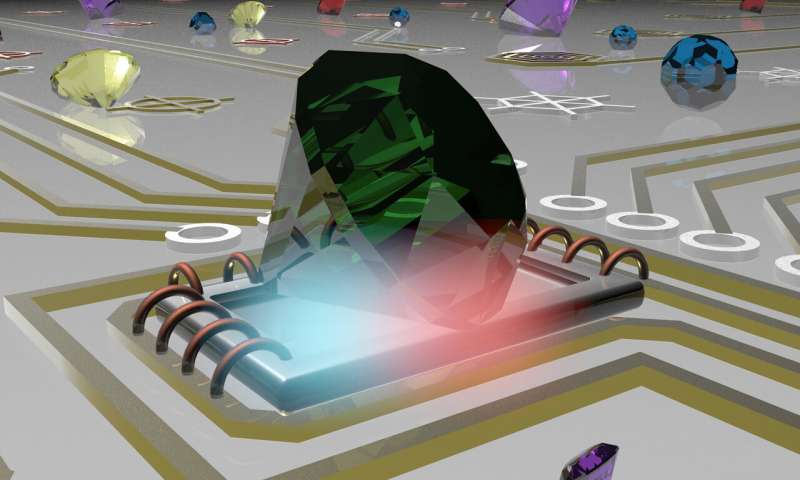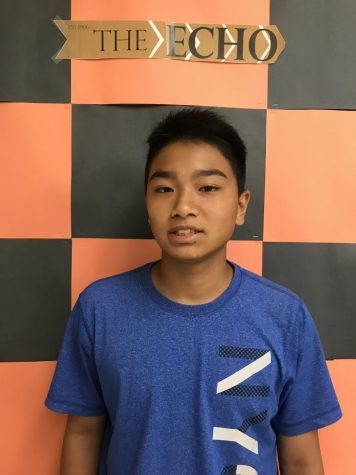Measuring Temperature at the Nanoscale with Quantum Lighting
May 17, 2019
On May 3rd, physicists at the University of Technology Sydney were able to measure temperature down to the nanoscale level using an innovative quantum lighting approach. By using diamond nanoparticles, the physicists were able to create contrasts in temperature based on the color the particle emitted. This new technique sheds light (pun intended) on the use of quantum behaviors to help probe energy at small scales.
Measuring temperature at small scales is currently important to multiple areas of research, such as cancer detection and nano-electric circuitry. For example, temperature variations are measured to analyze properties in biological samples and can be used to detect disease. The smaller the temperature the sample can measure, the more precise it can be. By improving previous ways physicists measure temperature with quantum properties, the performance of sensors in circuits can be significantly improved.
The physicists from University of Technology Sydney used diamond nanoparticles, approximately 10,000 times smaller than the width of a hair strand, to create and detect temperature variation. The diamond nanoparticles are non-toxic, which can be useful in biological environments. It is also non-invasive when detecting disease, since it only requires a drop of a patient’s biological substance in a water sample. Using optical fluorescence, the researchers can measure the temperature by observing the light that is emitted from the particles. What allows this to happen is called the Anti-Stroke regime, where a correlation between temperature and light can be made, since the variations within light are strongly dependent on the environment’s temperature. Although previous techniques used optical fluorescence, the nanoparticles developed by the UTS scientists significantly improve the sensitivity of the nanoparticle.
The use of quantum lighting opens up doors for many other types of techniques. One of the major ones is using quantum lighting for refrigeration. It may seem since light emits heat, but the technology has proven to be very efficient. Lasers are precisely positioned and shot so that the atoms of an object loses their kinetic energy. This has previously been used to cool down gas to absolute zero for physics experiments. Earlier this year, on February 19th, researchers at the University of Michigan, Ann Arbor, were able to learn how to transfer electrons to create a mini refrigeration system.
Quantum physics has been a mostly theoretical area of research, but its use in real-world applications is becoming more and more important. Measuring temperature at the nanoscale is one of many potential applications of quantum lighting; however, the door is still open for many more discoveries for both circuit and biomedical engineering.

















































































































































